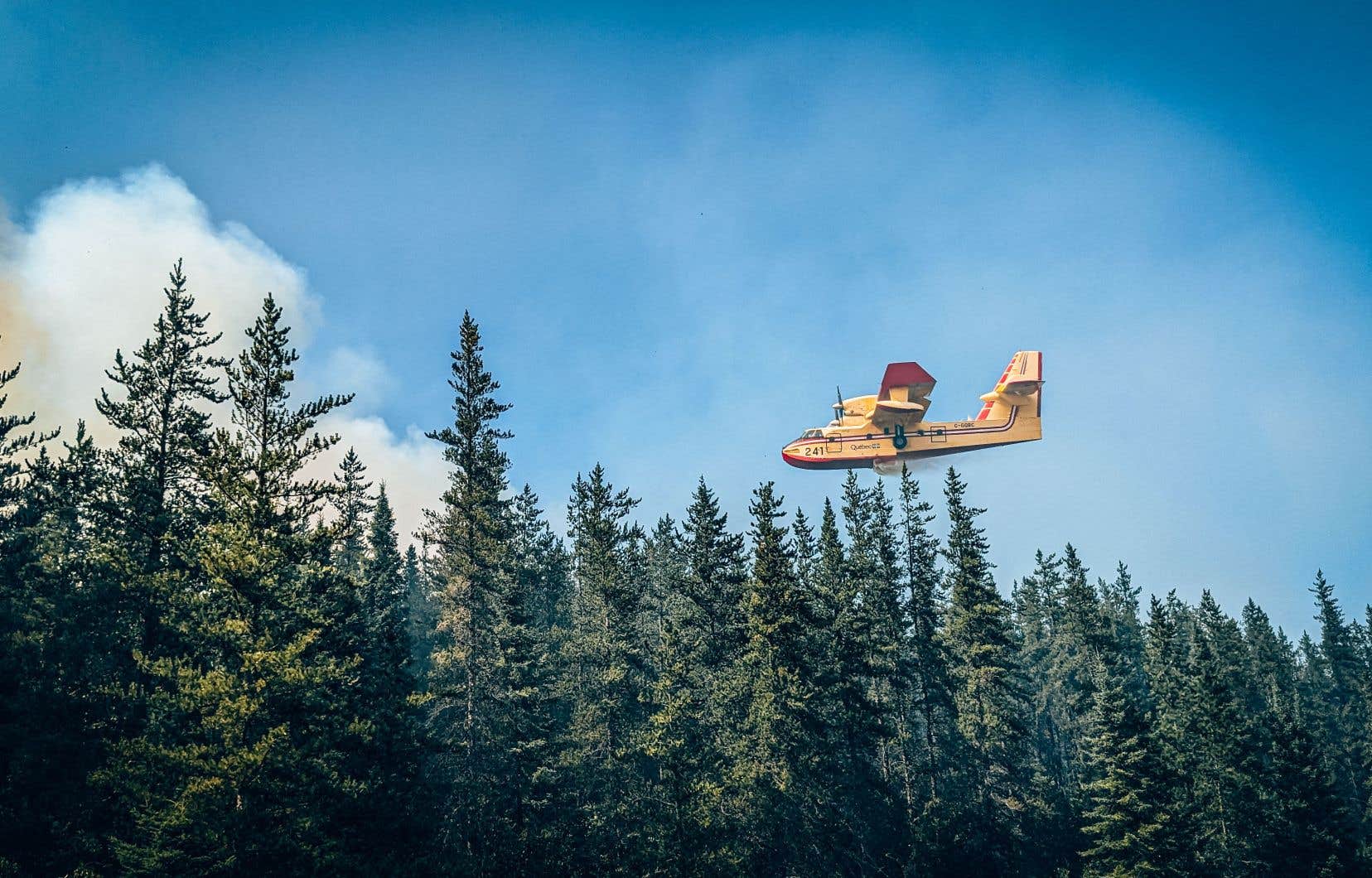The town of Churchill Falls in central Labrador was evacuated Wednesday evening due to an out-of-control wildfire.
Local authorities issued an alert asking all city residents to leave by 8:15 p.m. local time due to “changing conditions” about a fire raging near the community.
The notice asked residents to head east to Happy Valley-Goose Bay, which is a three-hour drive.
“I am in contact with those responsible and we will be there to help you in any way possible,” assured the Premier of Newfoundland and Labrador, Andrew Furey, in a post on social networks.
“Please be safe and take care of your friends and neighbors at this time,” he added.
People arriving in Happy Valley-Goose Bay, Labrador’s largest community, were advised to check in at the YMCA.
Churchill Falls has a population of approximately 700 and is located along the Trans-Labrador Highway, which passes through Labrador’s vast forested interior.
The Churchill Falls hydroelectric station is located approximately four kilometers east of the municipality’s downtown. It supplies Quebec and Newfoundland and Labrador.
As of Wednesday evening, two fires were burning near the community. The nearest was about 15 kilometers southwest of the city and covered an area of about seven square kilometers.
Across Labrador, seven blazes were active Wednesday, four of which were out of control.
Three of those fires were listed as “in progress,” meaning they are no longer spreading. The other four that continue to spread — including the one that forced the evacuation of Churchill Falls — were active in central Labrador.
Five helicopters, four water bombers and 38 ground personnel were working to put out the flames, Bryan Oke, who is an officer with the Newfoundland and Labrador Forest Fire Service, said earlier Wednesday.
Mr. Oke said he and his teams are closely monitoring conditions in the Churchill Falls area. Temperatures there reached 32°C on Wednesday and sustained winds were expected.
Wildfires are not uncommon in Labrador, especially in early summer when thunderstorms are common as temperatures rise, Oke said.
